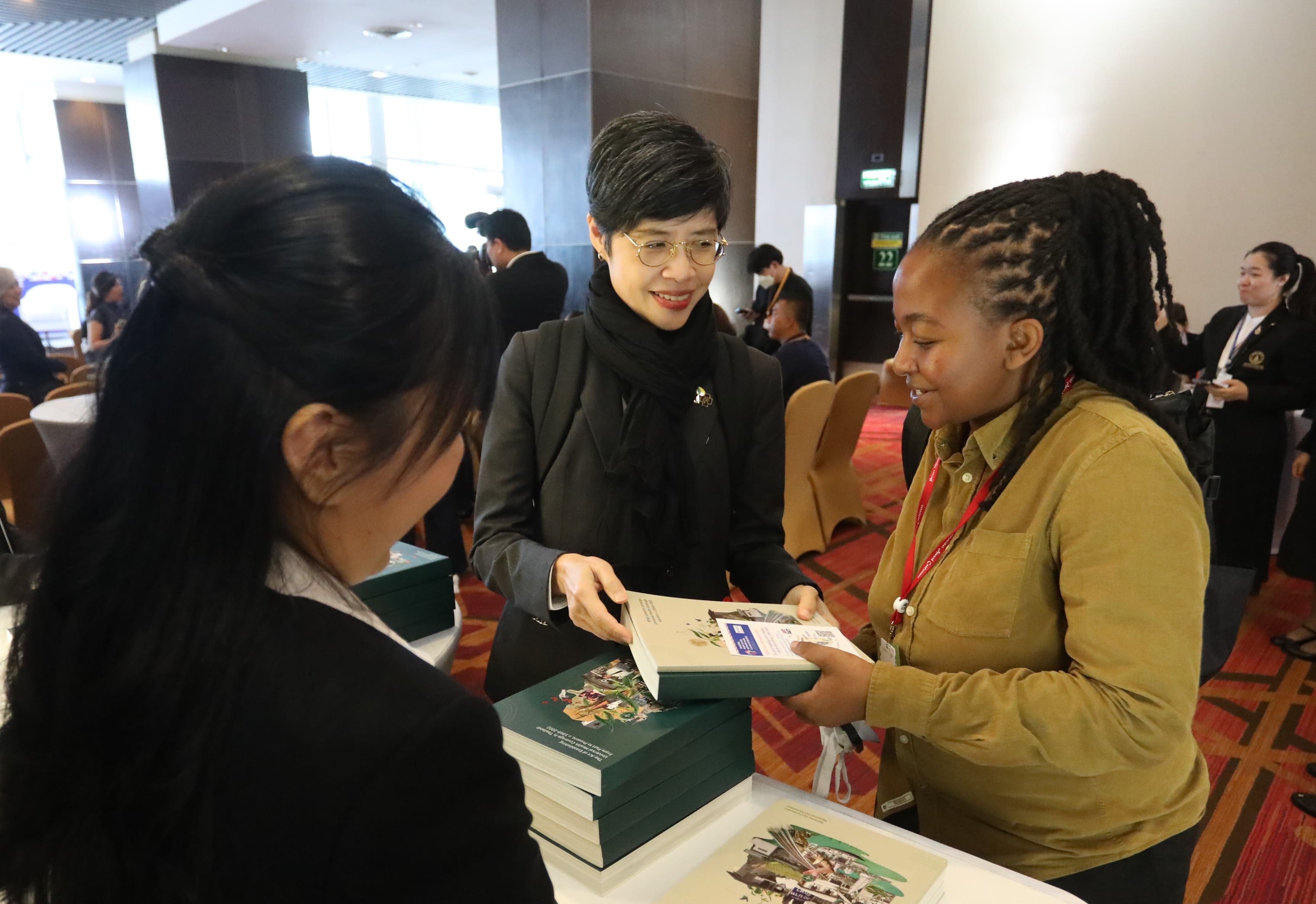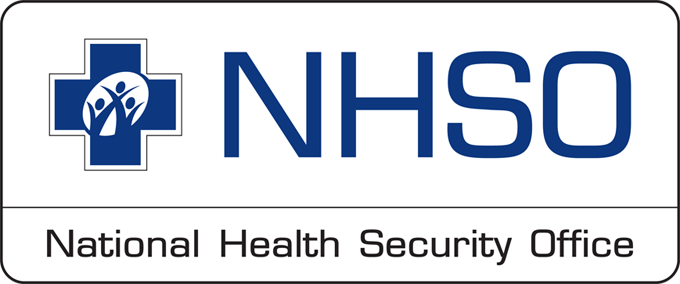
- Home
- DescriptionNews
Authors discuss new books detailing the history of Thai universal health coverage
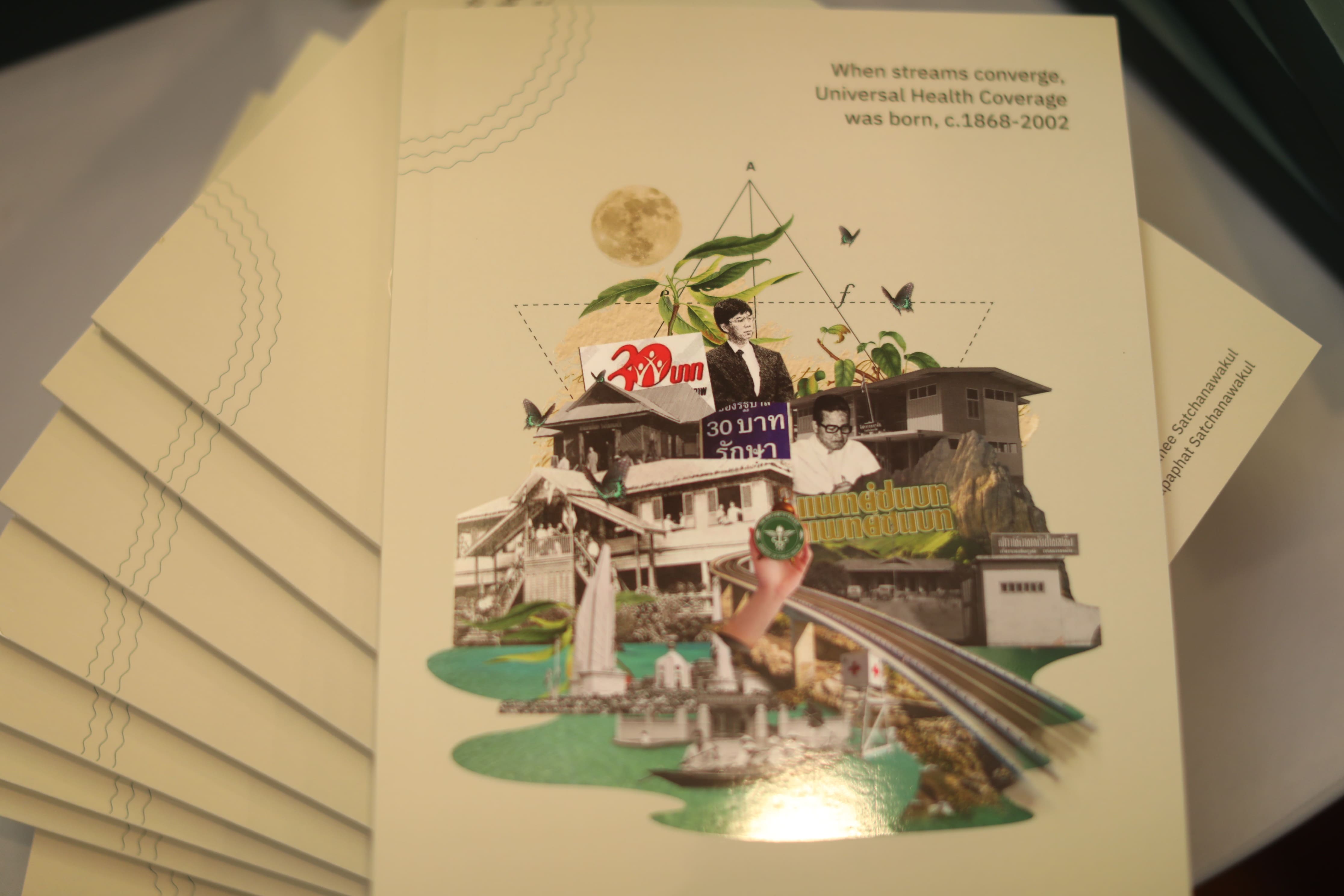
Authors discuss new books detailing the history of Thai universal health coverage
Thailand laid the foundation of Universal Health Coverage two decades ago, leading to the implementing the National Health Security Act B.E. 2545 (A.D. 2002), which has legitimized the Thai government’s action to run a tax-fund healthcare scheme.
The scheme, known as the Universal Coverage Scheme (UCS), currently provides healthcare access for 48 million people.
Together with the Social Security Scheme (SSS) of 15 million employees and the Civil Servant Medical Benefits Scheme (CSMBS) covering 10 million government officials and their families, it forms a robust foundation for Thai Universal Health Coverage, encompassing more than 99% of the Thai population.
Undoubtedly, the establishment of the UHC is filled with stories and perspectives worthy of recording.
This history of UHC establishment is presented in two books launched on January 25 during a side event at the Prince Mahidol Award Conference 2024.

The books are titled “The Art of Establishing Universal Health Coverage in Thailand from the Past to Present, c.1868-2002 " and “When Streams Converge, Universal Health Coverage was Born, c.1868-2002"
The first book provides a comprehensive development of the Thai health system and the development of UHC. At the same time, the latter is a brief version of the first, aiming to make the academic work accessible to the public.
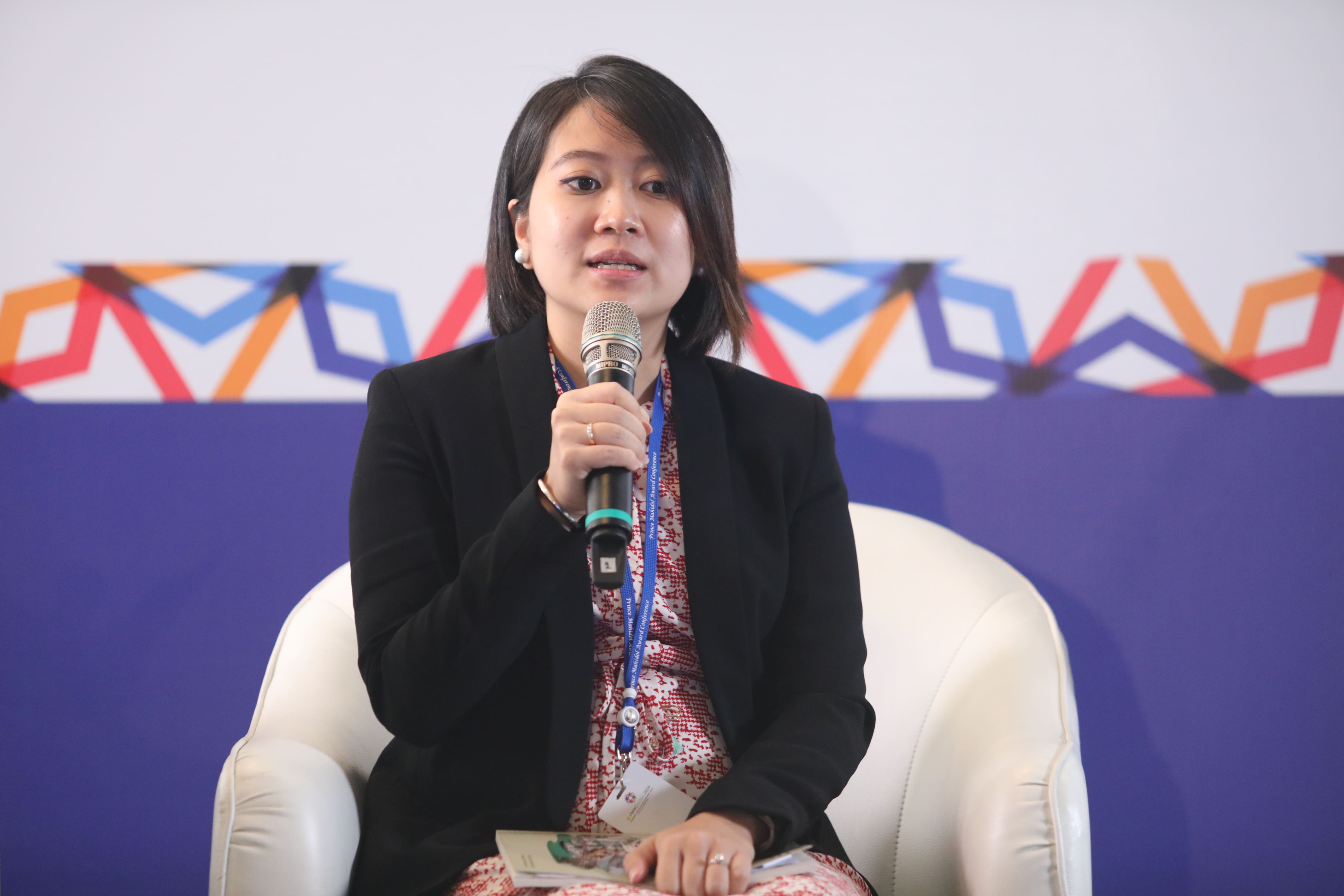
They were written by Nattanee Satchanawakul, a lecturer at the Institute for Population and Social Research of Mahidol University, and Napaphat Satchanawakul, a social affairs officer at Social Development Division, United Nations ESCAP
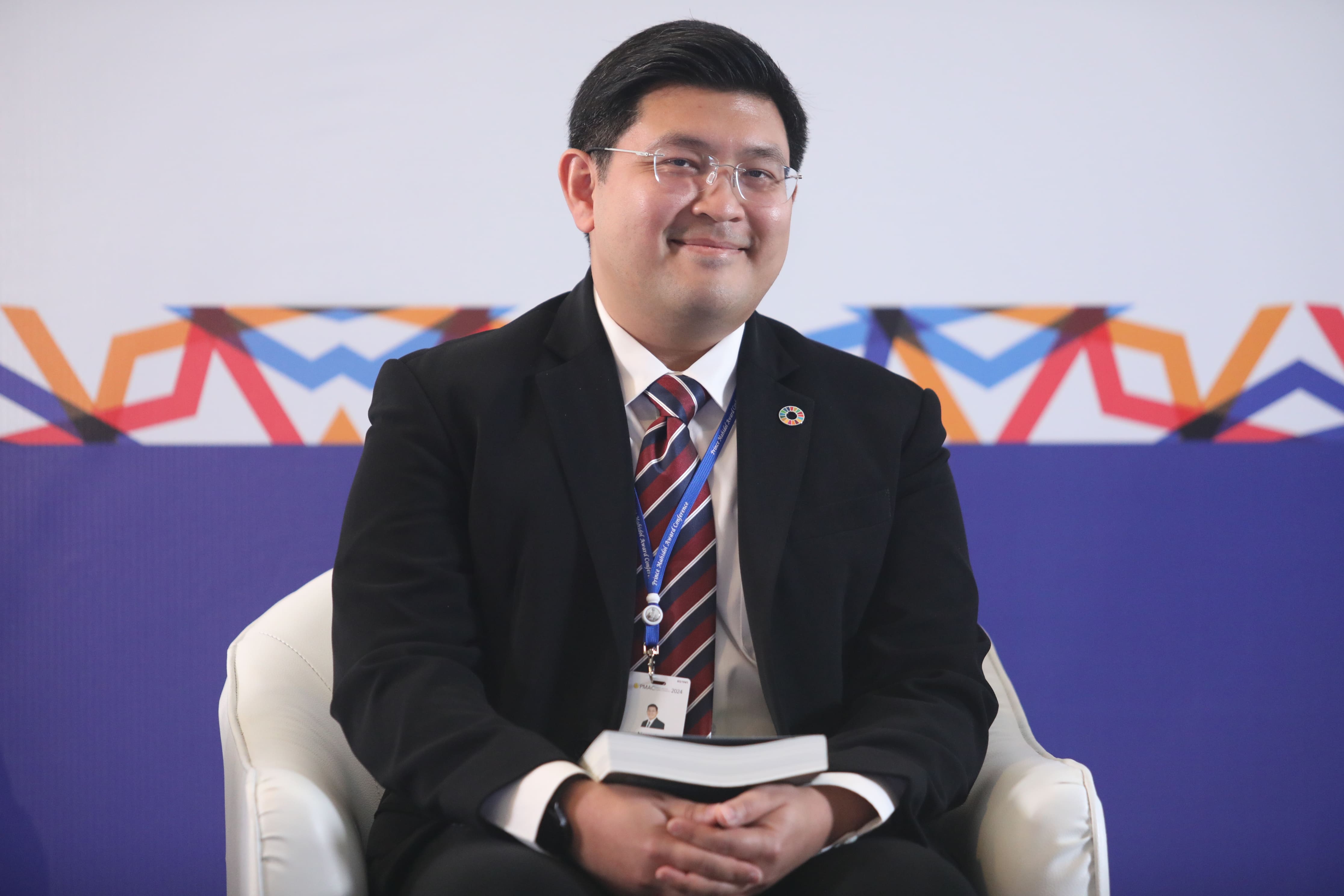
Napaphat said that these books stemmed from his interest in the healthcare system, using the lens of political history to understand the transformation of the Thai healthcare system from 2001 to 2002.
He became interested in the Thai healthcare system during his doctoral thesis aboard.
When he returned to work at the Institute for Population and Social Research at Mahidol University, he had the opportunity to work on health policy and universal health coverage.
Nattanee, on the other hand, believes that history is a necessary recipe of political economy used to analyze the power relations that determine health policy.
"As outsiders, not being doctors or public health professionals, we have a different perspective on universal healthcare coverage. We believe our views may help reinforce or create knowledge about the Thai health system’s origins and development,” said Nattanee.
The process of book-making
It took two authors approximately two years to complete the books. In the first year, they dedicated themselves to data collection, searching for evidence and historical records dating back to the era of King Rama V.
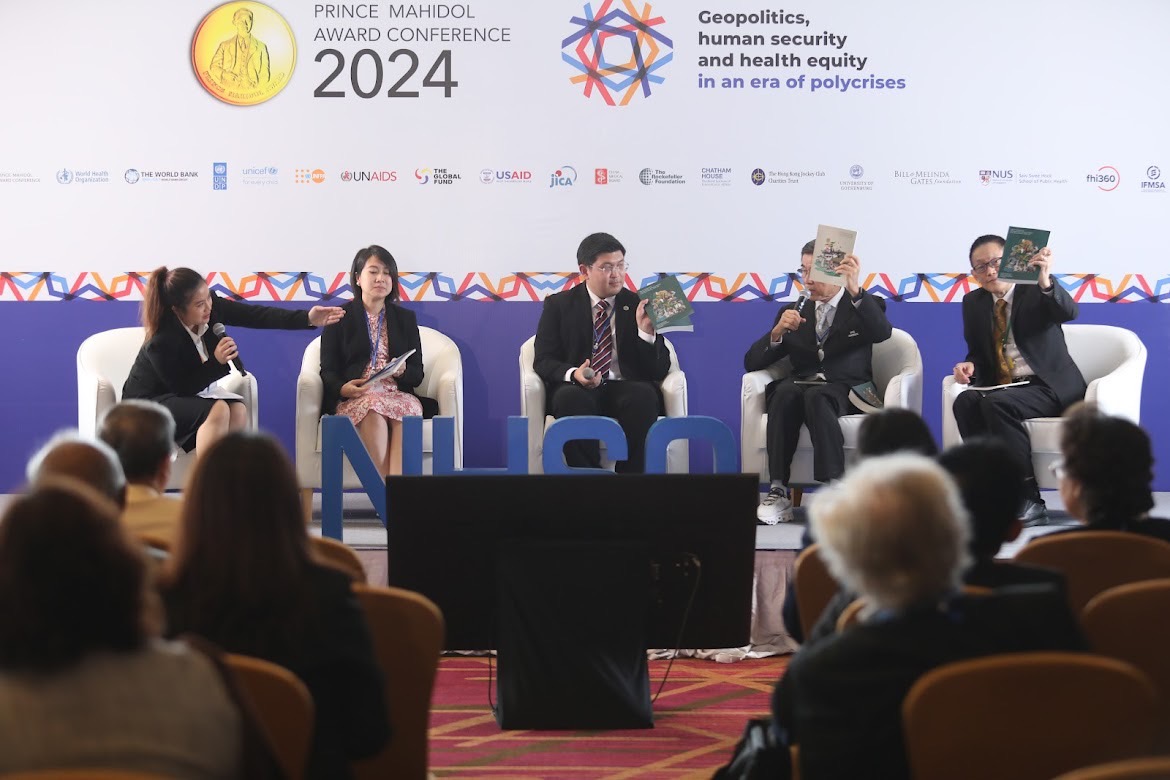
The data came from multiple sources, including the National Archives of Thailand, the National Archives of Public Health, libraries in various medical schools, the Royal Gazette, and newspapers. They also gathered information through interviews with relevant individuals.
The following year was a period of extracting, analyzing, and organizing all the collected data until it was translated into the two books.
Three frameworks were utilized to understand the Thai health system. The first is “critical junctures” and “path dependence,” which demonstrate how past events and decisions impact current policy and the future.
Second, they applied the renowned theory of the "Triangle that Moves the Mountain" strategy introduced by Prof. Emeritus Prawase Wasi, M.D.Prawes Wasi serves as the primary strategy for driving changes in the healthcare system while facilitating multi-sectoral collaboration for knowledge creation, social movement, and political commitment.
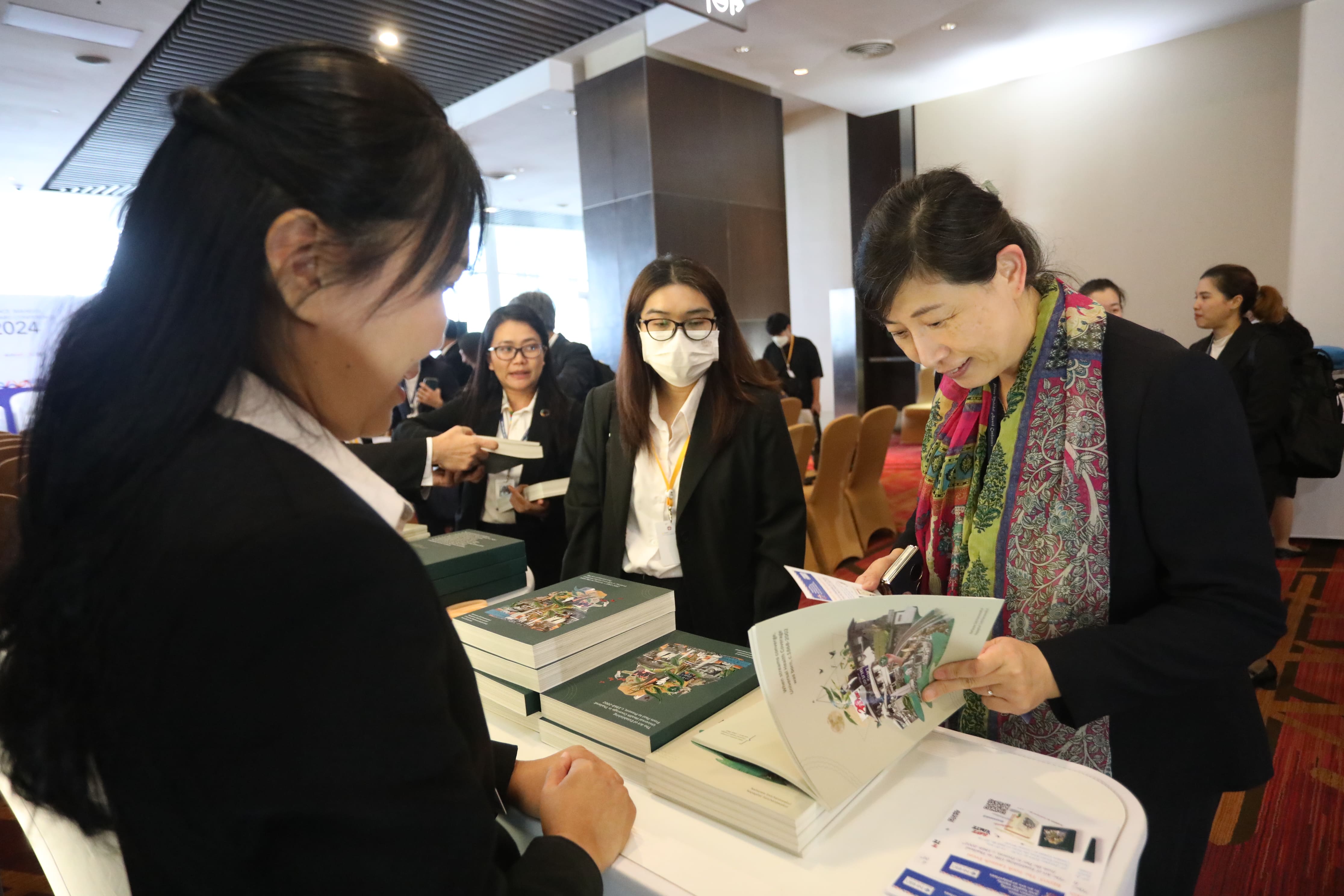
The third framework centers around the “Health System Building Blocks” from the World Health Organization, used to explain the development of Thailand's healthcare system through various components such as the development of service systems and human resources, financial management, pharmaceutical industry, data system, and governance.
Inspire young generation
Napaphat emphasized that he and his co-author aimed to encompass every aspect of the healthcare system, including its economic, social, and political history.
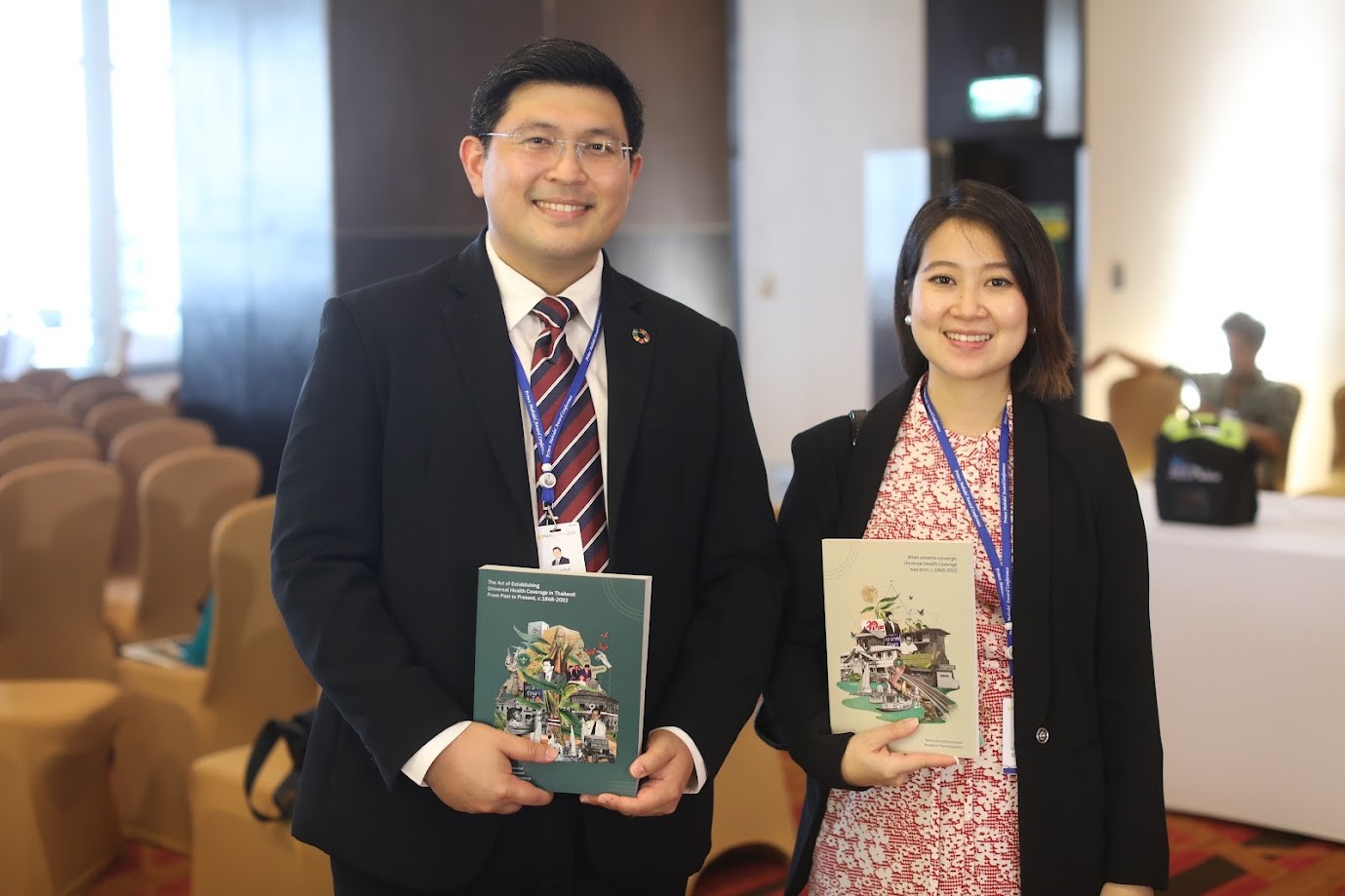
They did not prioritize any specific individual or group in their analysis. However, they acknowledged the crucial role that certain groups played in driving actual change or development in the healthcare system.
"The books aim to illustrate that the establishment of UCS did not happen overnight. It was developed through changing economic and political conditions until the scheme was born when everything was ready and came together," he said.
Both authors stressed that the stories of the people and movements involved in creating UCS would offer an intriguing perspective to young individuals aspiring to enact changes.
Even though today's young generation lives in a different context from when UCS was formed, the stories of the reformist doctors and rural doctors — once young people with ideas and dreams to drive societal changes — could inspire the present and future generations.
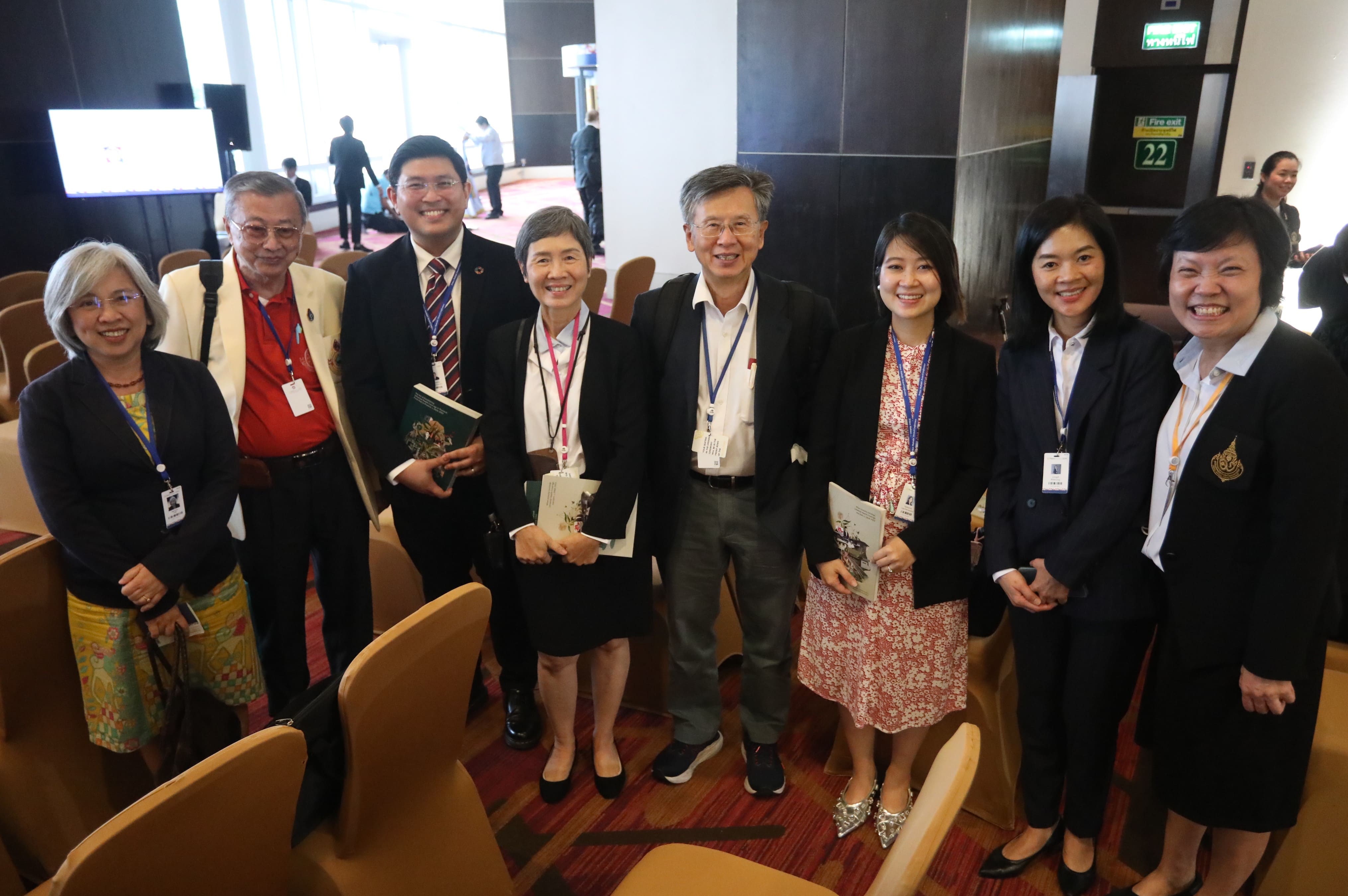
"People born after 2002 may never have had the opportunity to learn the origin of the health scheme they are entitled to and how it was achieved through efforts and struggles,” said Napaphat.
“These books will provide a perspective for young people interested in the history of public health and learn from the experiences of past health activists who have shaped Thai society today.”

Hope for health equality
Both authors dream of witnessing the 'endless development' of Thai universal health coverage that can withstand political challenges and remain resilient — just as it has for the past two decades.
It’s also crucial to instill a sense of ownership of the health scheme in everyone, recognizing its significant benefits in granting people access to healthcare services through rights rather than charity. If individuals feel ownership, they will protect and sustain it, said the authors.
Napaphat suggested it would benefit the Thai people if the threehealthcare schemes were upgraded, offering similar health benefits packages and effective management to close the health inequality gap among the scheme beneficiaries.
“It doesn’t mean the healthcare schemes must be combined into one scheme. What can be done is to involve people in each scheme and make them feel more ownership and want to protect and upgrade the schemes.,” he said.
